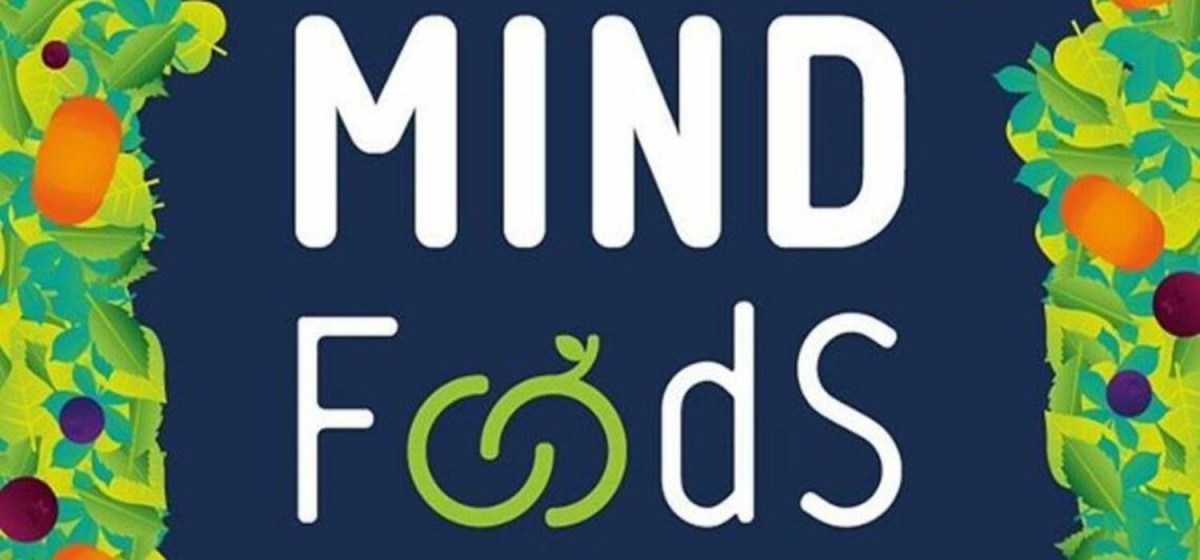MIND FoodS Hub

MIND FoodS HUB proposes an innovative concept for the eco-intensification of agricultural production and for the promotion of dietary patterns for human health and longevity through the creation in the Milan Innovation District (MIND) of a digital FOOD System Hub.
The initiative is co-funded by POR FESR 2014-2020 through the Lombardy Region called “Reasearch&Innovation Hub”. The aim of the project is to connect infrastructures, know-how and different stakeholders for the development of the new approach to the identification, production and sustainable transformation of plant products and derivatives with excellent nutritional profile, as well as their functional validation, to boost Lombardy’s know-how for the benefit of its businesses, consumers and interested party.
Arexpo, Università degli Studi di Milano, TIM, Istituto Auxologico, Indena Italiano, Molino Filippini, Tecnoalimenti, Agricola Moderna.
MIND FoodS Hub wants to boost food knowledge and create infrastructures for the study and implementation of different aspects of the Food System as a strategic asset for the city.
Through multidisciplinary skills it promotes agri-food research as an engine for innovation, development and social responsibility. The hub brings together synergic excellences of research bodies and private world top-players in the agri-food and related sectors.
The hub promotes food quality within balanced and sustainable diets to prevent diet-associated chronic diseases as a starting point to further improve the supply chain, reduce environmental impact and preserve biodiversity. Food production is analyzed and targeted towards nutritional improvement to cover consumer needs and it is evaluated for its lasting impacts on civil society.
Started in March 2020, the project has already provided important results that will be further exploited after the project ends to maximize overall impact. 15 plant pilots were identified among others to be part of the MIND Foods Basket: blueberry, mulberry, radicchio, rocket salad, lettuce, savoy cabbage, spinach, pumpkin, rhodiola, bean, buckwheat, pigmented potato, pigmented tomato, pigmented rice, pigmented corn.
Pilots were chosen based on their nutritional characteristics, importance for the development of sustainable dietary patterns, presence in Lombardy, commercial potential exploitation and for their potential inclusion in varietal catalogues as newly established genotypes. A collection of germplasm information has been also collected in an interactive, web-based database for managing available data with 123 descriptors.
Plant pilots have been grown in field, greenhouse or vertical farming. Innovative agronomic protocols and analytical characterization methodologies have been implemented to study their commercial and nutritional relevance. Some of the pilots were studied through in vitro approaches to obtain a validation of their potential functional activities (e.g. antioxidant, anti-inflammatory, cardio protective). The most promising plant pilots have undergone in vivo functional validations in target groups of subjects, and specifically those with severe obesity (the bean) or in the older subjects (the blueberry). New gluten-free products were implemented and natural ingredients identified.
Moreover, an Italian-Mediterranean dietary pattern which includes the MIND FoodS Basket products has been developed, based on the sustainable EAT-Lancet Reference Diet.
Its feasibility and metabolic and functional effects are under investigation through a dietary intervention study. From the perspective of high/smart technologies in agriculture, an infrastructure with a self-propelled rover carrier, with applications for non-destructive high-throughput phenotyping of plants has been developed. In addition, different business cases have been promoted, such as: a smart labelling solution, the development of an innovative platform for agribusiness supply chain traceability, an innovative model of safe and traceable food delivery, a multi-device application for displaying infographics related to the status of crops, with the integration of various data sources including those from specialized sensors, as well as 3D models to track crop growth.

 Log in
Log in